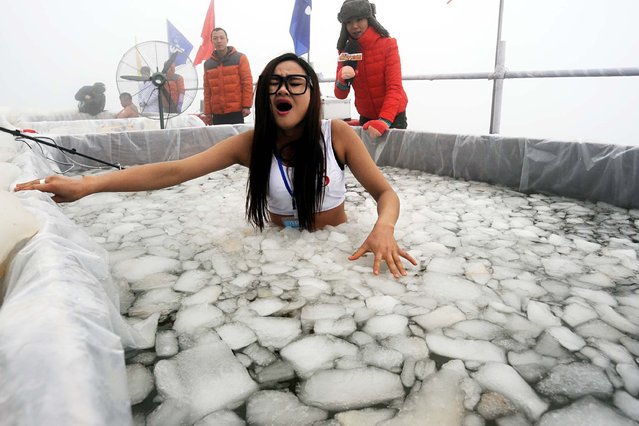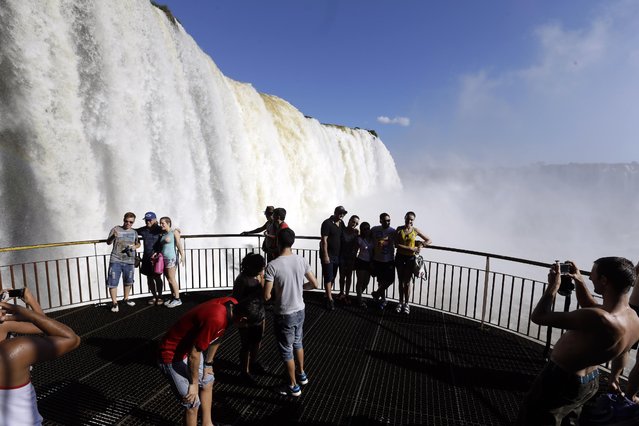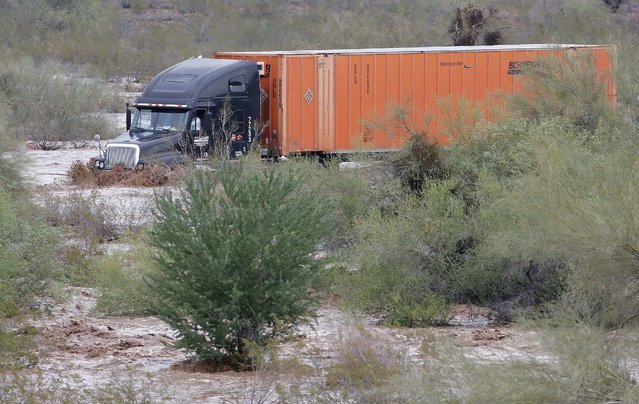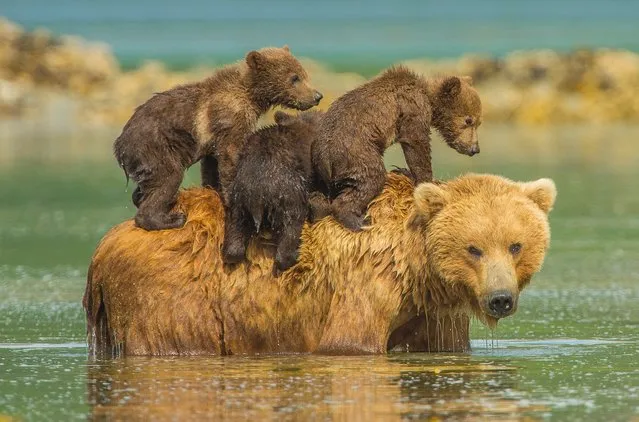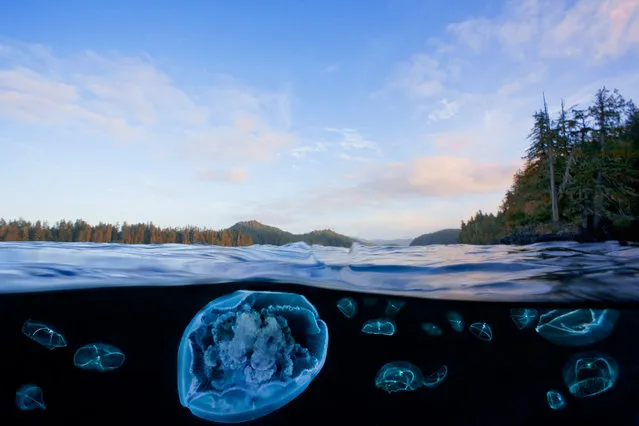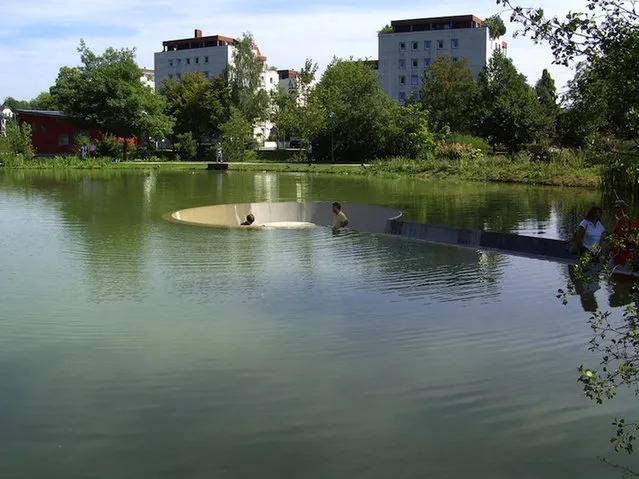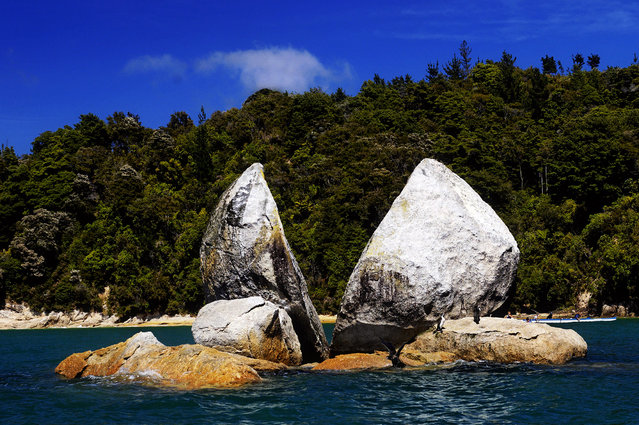
Revellers celebrate during the “Bloco da Lama”, a mud carnival, in Paraty, Brazil, on February 10, 2018. “Bloco da Lama” started in 1986 by teenagers playing with mud and became a traditional event at the historical city of Paraty. (Photo by Mauro Pimentel/AFP Photo)
13 Feb 2018 05:58:00,post received
0 comments

